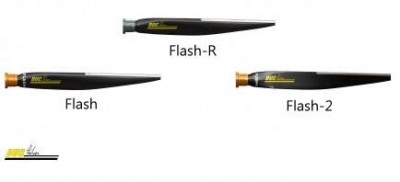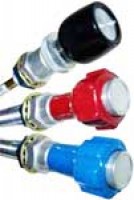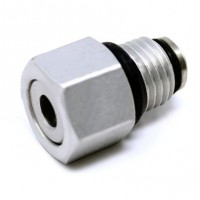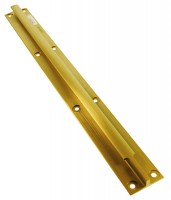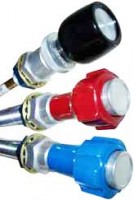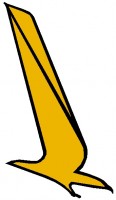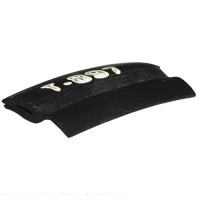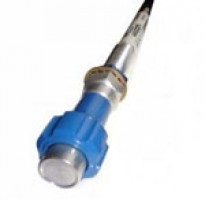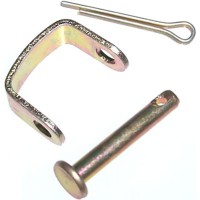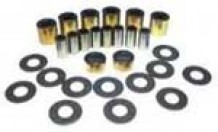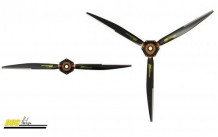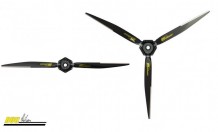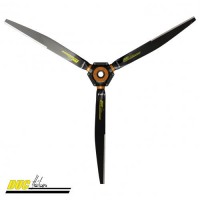Aircraft Spruce Canada
Brantford, ON Canada
Corona, CA | Peachtree City, GA
Chicago, IL | Wasilla, AK
DUC Inconel Flash-R Right Blade 01-63-002
MFR Model# 01-63-002
Overview
|
The Flash, Flash-R & Flash-2 propeller has an aerodynamic design that allows a "constant speed" effect, limiting variations in engine speed between on ground and in flight. These propellers allow for high efficiency throughout the flight envelope
The blades are manufactured according the DUC Hélices company technologies, from unidirectional layers of carbon fibers prepreg epoxy resin. Their composite structures are defined to obtain the maximum stresses in torsion and bending. Therefore "constant speed" effect is not related to deformation of the blade but its geometry and specific profile. Due to its specific geometric definition, excellent performance is obtained in both aerodynamic and acoustic, but also in consumption.
|
Documents
Q&A
Please note, Aircraft Spruce Canada's personnel are not certified aircraft mechanics and can only provide general support and ideas, which should not be relied upon or implemented in lieu of consulting an A&P or other qualified technician. Aircraft Spruce Canada assumes no responsibility or liability for any issue or problem which may arise from any repair, modification or other work done from this knowledge base. Any product eligibility information provided here is based on general application guides and we recommend always referring to your specific aircraft parts manual, the parts manufacturer or consulting with a qualified mechanic.
Per Duc: The difference between the FLASH and the FLASH-3 is the diameter of the cord which is larger on the FLASH-3. The FLASH-2 is a pusher and has the same chord as the FLASH I guess it would depend on what engine and aircraft the customer has in order for us to make a recommendation.

 Aircraft Spruce Canada
Aircraft Spruce Canada
